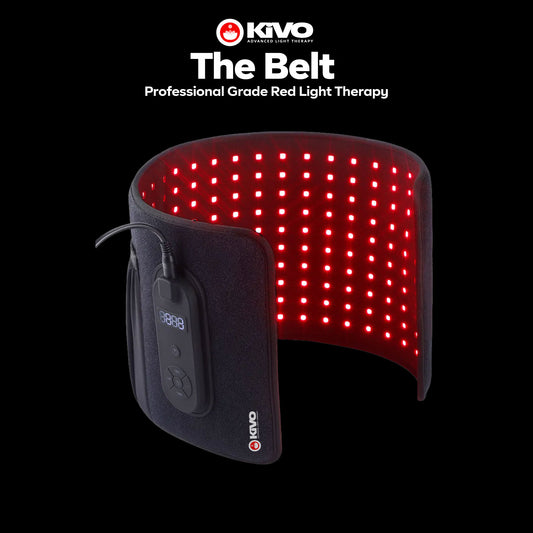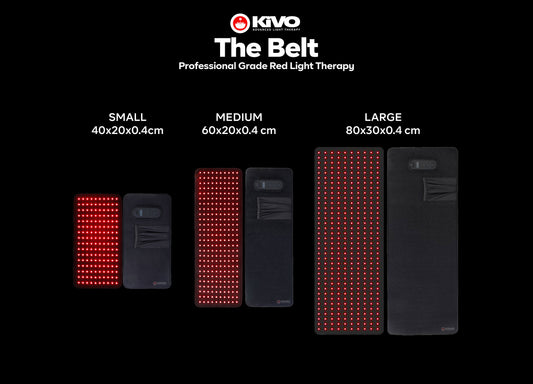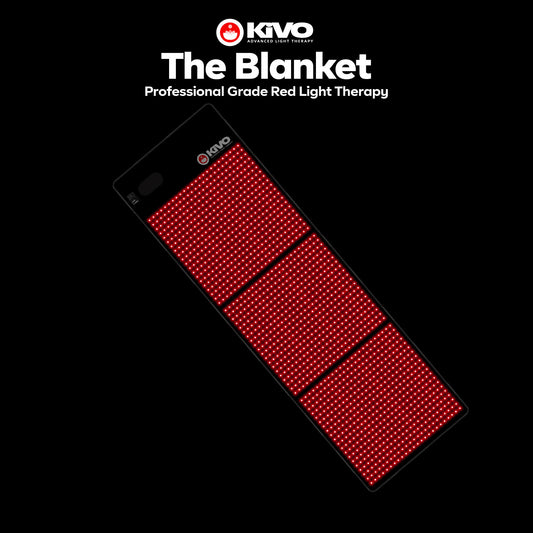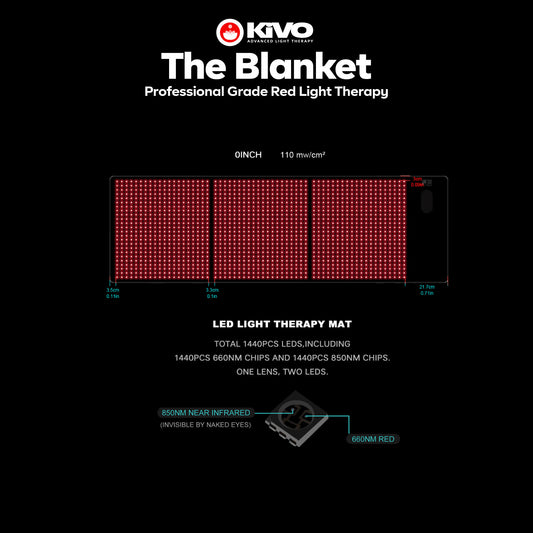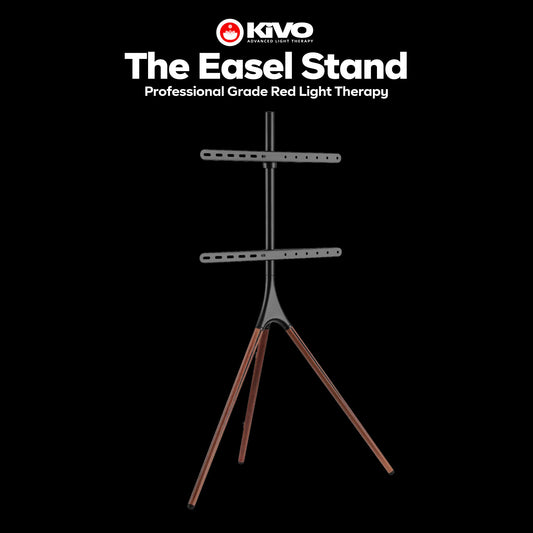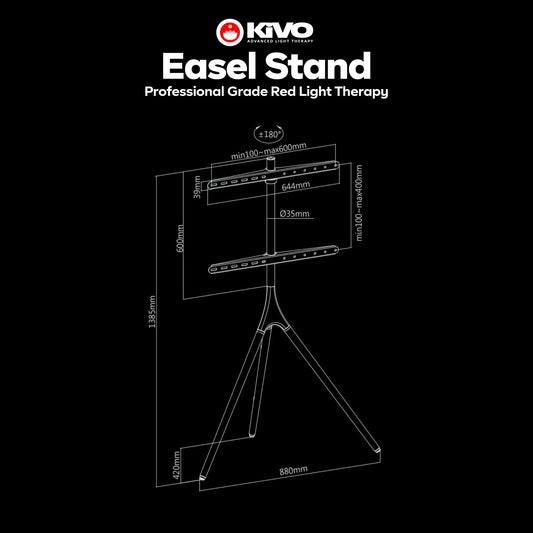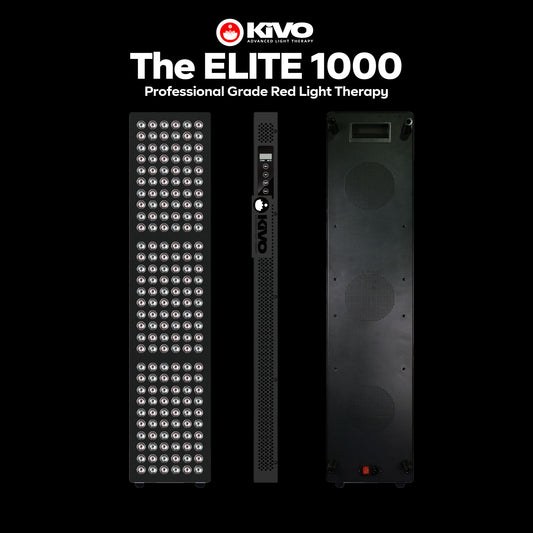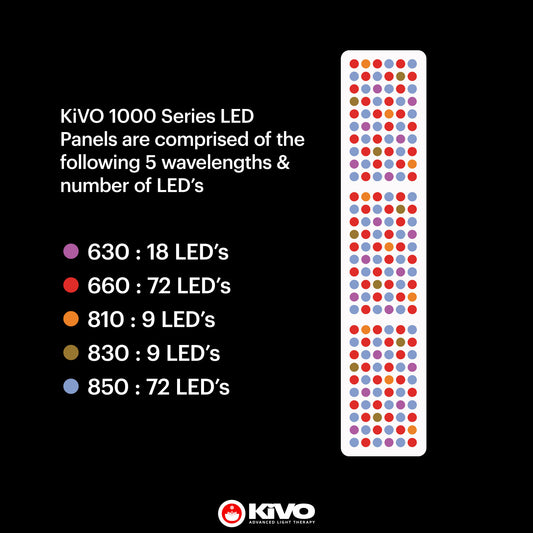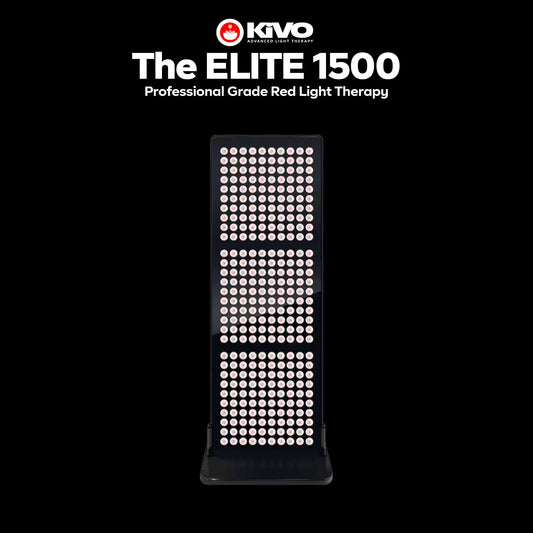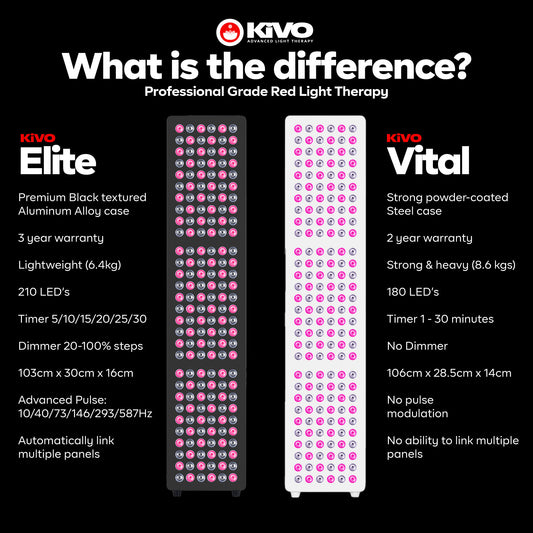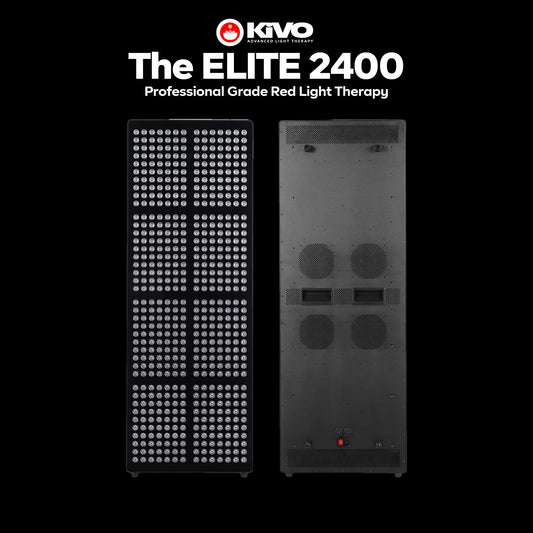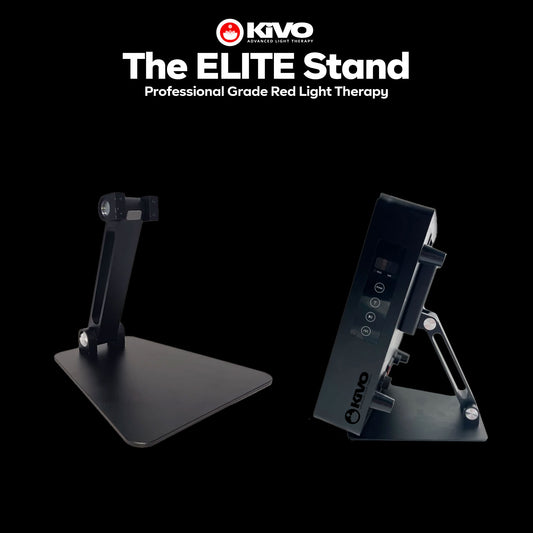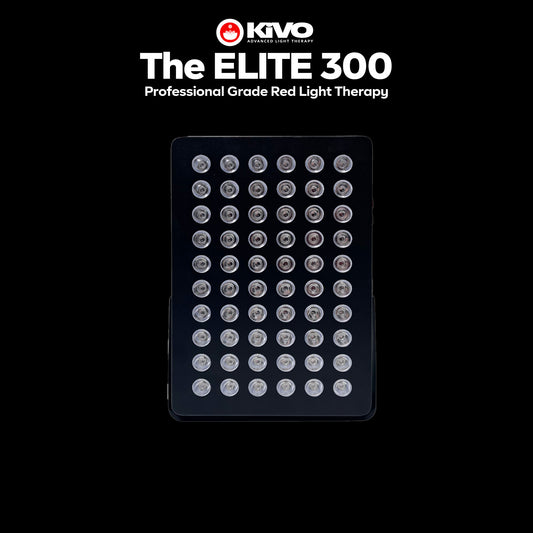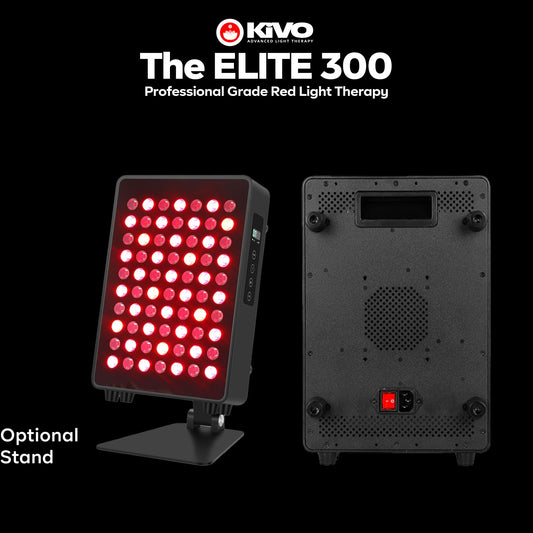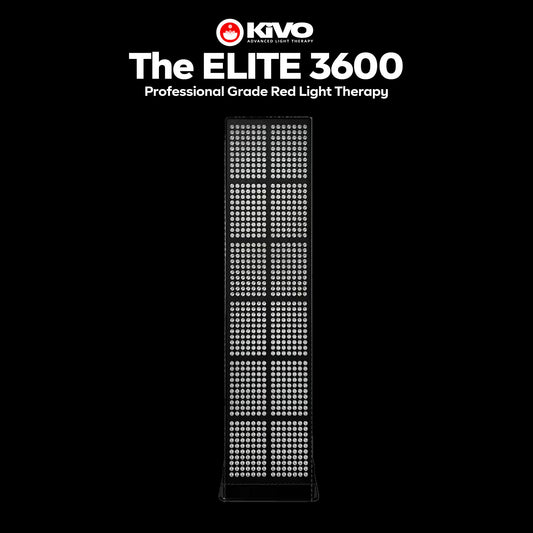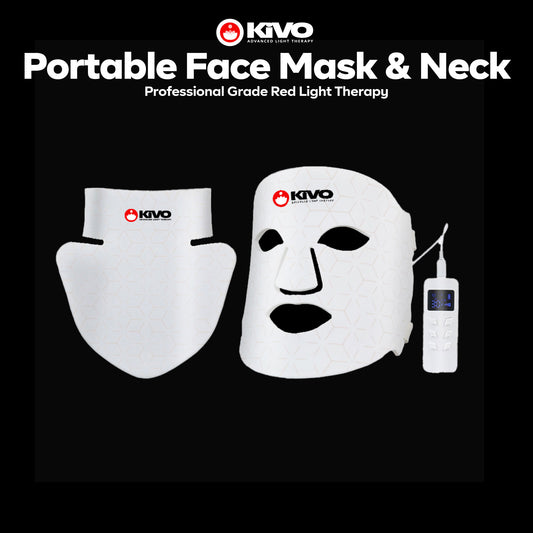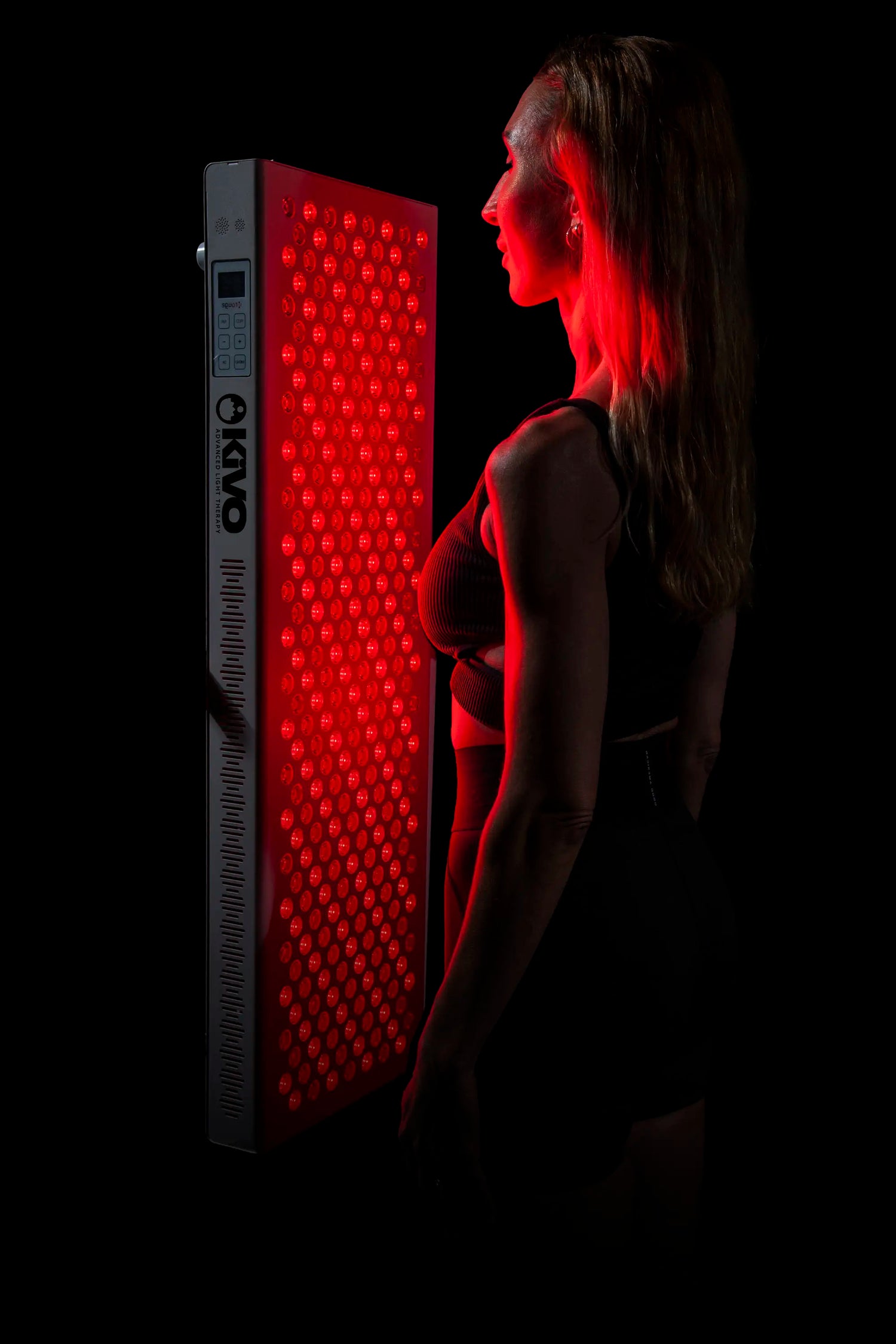
Advanced Red Light Therapy
Browse ProductsKiVO supercharges your cells with the proven power of red light, all in the convenience of your own home - learn more
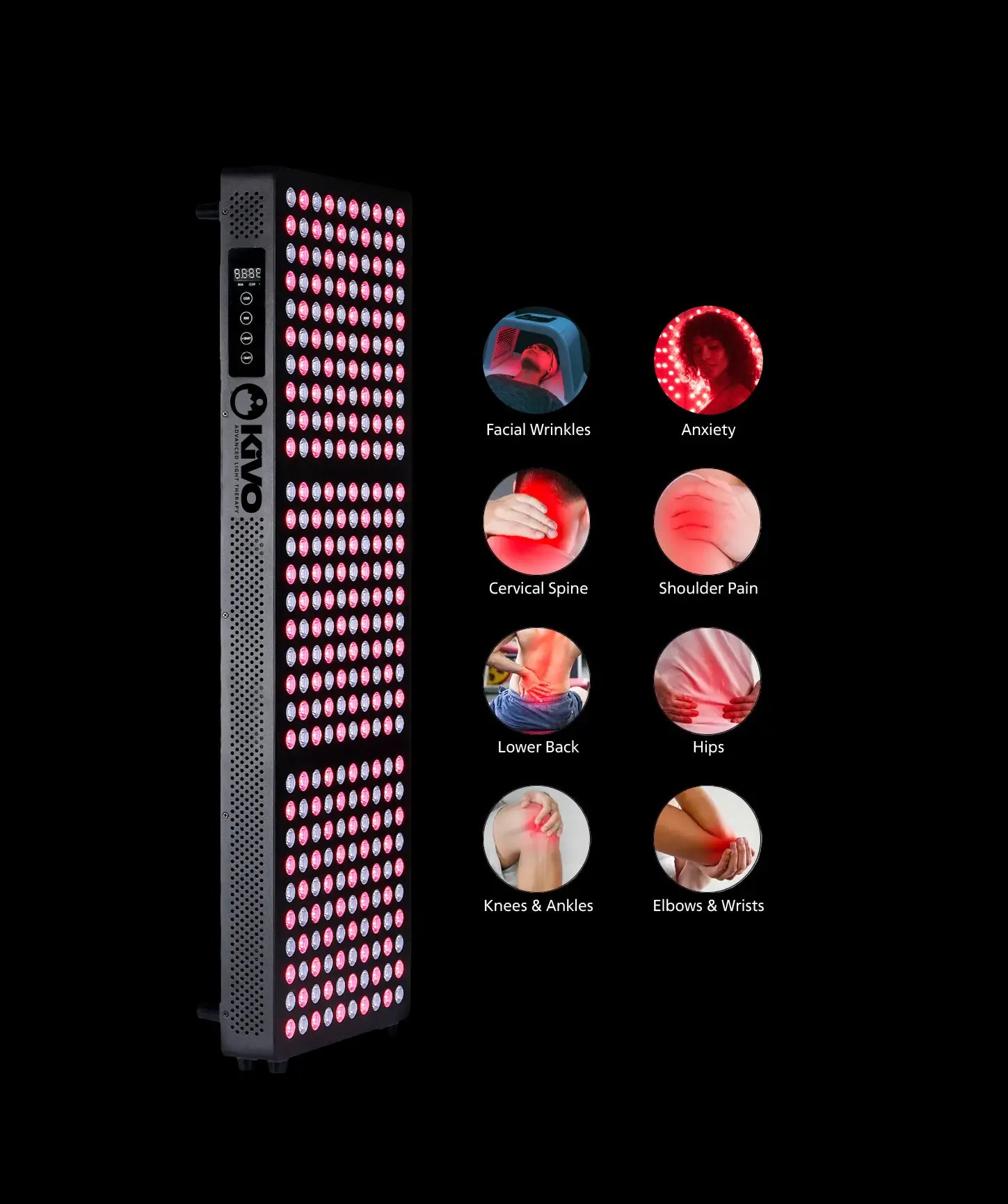
What is Red Light Therapy?
Red Light Therapy is an incredibly safe yet scientifically proven and effective treatment that will help you with joint & skin issues, coupled with a beneficial side effect of helping improve your skin, collagen production, and overall wellness.
It's proven by science, backed by thousands of happy customers, and loved by people like you.
Featured Red Light Therapy Products
-
KiVO BELT: Targeted and portable red light
Regular price From $399 CADRegular priceUnit price / per -
KiVO BLANKET: Get wrapped up in our Red Light Blanket RED & NEAR-INFRARED
Regular price $2,399 CADRegular priceUnit price / per$2,999 CADSale price $2,399 CADSale -
KiVO EASEL: Red Light Stand
Regular price $199 CADRegular priceUnit price / per$399 CADSale price $199 CADSale -
KiVO ELiTE1000: Premium Red Light Therapy Panel
4.7 / 5.0
(3) 3 total reviews
Regular price $1,499 CADRegular priceUnit price / per$1,799 CADSale price $1,499 CADSale -
KiVO ELiTE1500: Premium Red Light Therapy Panel
4.7 / 5.0
(3) 3 total reviews
Regular price $1,899 CADRegular priceUnit price / per$2,199 CADSale price $1,899 CADSale -
KiVO ELiTE2400: Premium Large Red Light Therapy Panel
Regular price $2,699 CADRegular priceUnit price / per$3,299 CADSale price $2,699 CADSale -
KiVO ELITE300 STAND: Beautiful Aluminium Stand for your 300 Series
Regular price $99 CADRegular priceUnit price / per$139 CADSale price $99 CADSale -
KiVO ELiTE300: Portable Premium Red Light Therapy Panel
4.9 / 5.0
(7) 7 total reviews
Regular price $749 CADRegular priceUnit price / per$899 CADSale price $749 CADSale -
KiVO ELiTE3600: Premium XX-Large Red Light Therapy Panel
Regular price $2,199 CADRegular priceUnit price / per$2,899 CADSale price $2,199 CADSale -
KiVO FACE+NECK: Neck and Face Red Light Therapy Mask
5.0 / 5.0
(0) 0 total reviews
Regular price $575 CADRegular priceUnit price / per$649 CADSale price $575 CADSale
Learn about Red Light Therapy
View all-

Red Light Therapy for Parkinson's Disease
Parkinson's disease stands as one of the most prevalent neurodegenerative disorders globally. Conventional treatments often fall short in addressing the underlying neuronal damage. In recent years, therapeutic approaches utilizing red...
Red Light Therapy for Parkinson's Disease
Parkinson's disease stands as one of the most prevalent neurodegenerative disorders globally. Conventional treatments often fall short in addressing the underlying neuronal damage. In recent years, therapeutic approaches utilizing red...
-
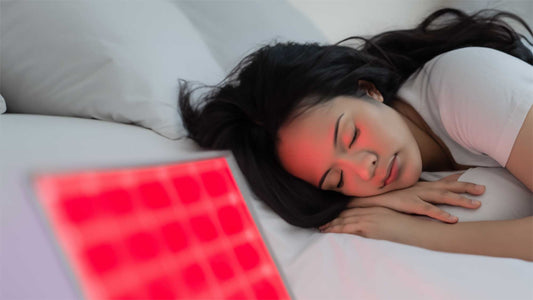
Red Light Therapy for Sleep
In recent years, the importance of sleep quality has garnered increasing attention due to its profound impact on overall health and well-being. Various factors influence sleep patterns, including exposure to...
Red Light Therapy for Sleep
In recent years, the importance of sleep quality has garnered increasing attention due to its profound impact on overall health and well-being. Various factors influence sleep patterns, including exposure to...
-
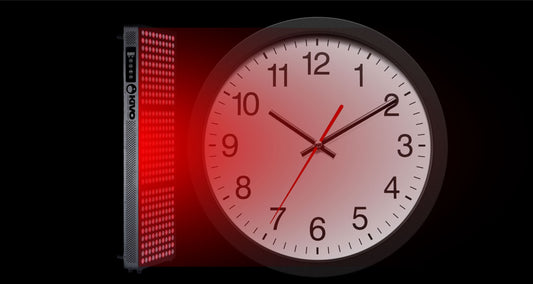
How long should you use a red light therapy pan...
How long should you use a red light therapy panel? The duration is directly linked to the dosage of photobiomodulation, a crucial factor for its efficacy. To simplify, here's the basic...
How long should you use a red light therapy pan...
How long should you use a red light therapy panel? The duration is directly linked to the dosage of photobiomodulation, a crucial factor for its efficacy. To simplify, here's the basic...
-
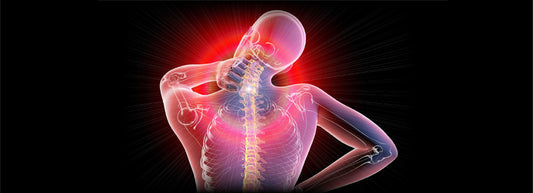
Red Light Therapy to treat Fibromyalgia
Red light therapy, also known as low-level laser therapy or photobiomodulation therapy, has emerged as a promising approach for managing fibromyalgia, a chronic condition characterized by widespread musculoskeletal pain, fatigue,...
Red Light Therapy to treat Fibromyalgia
Red light therapy, also known as low-level laser therapy or photobiomodulation therapy, has emerged as a promising approach for managing fibromyalgia, a chronic condition characterized by widespread musculoskeletal pain, fatigue,...
-
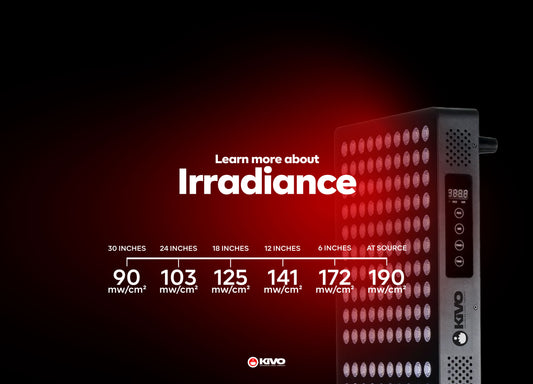
What is Irradiance?
Irradiance, measured in milliwatts per centimeter squared (mW/cm²), gauges the amount of light energy a surface absorbs from a light source. The intensity of the light source or its proximity...
What is Irradiance?
Irradiance, measured in milliwatts per centimeter squared (mW/cm²), gauges the amount of light energy a surface absorbs from a light source. The intensity of the light source or its proximity...
-
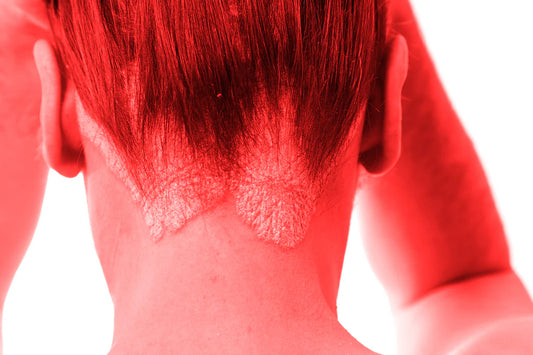
Red Light Therapy for the treatment of Psoriasis
Psoriasis is a chronic autoimmune condition characterized by inflamed, scaly patches on the skin. Its impact extends beyond physical discomfort, often affecting individuals' emotional well-being and quality of life. While...
Red Light Therapy for the treatment of Psoriasis
Psoriasis is a chronic autoimmune condition characterized by inflamed, scaly patches on the skin. Its impact extends beyond physical discomfort, often affecting individuals' emotional well-being and quality of life. While...
-
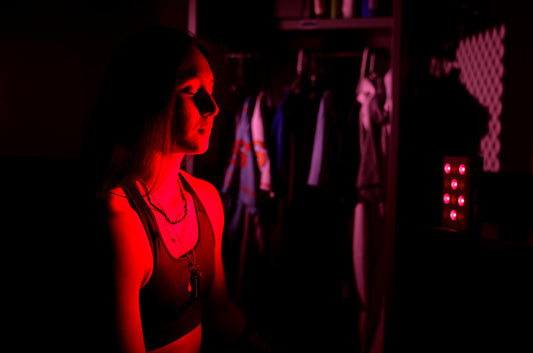
Red Light Therapy for Mental Health
In recent years, red light therapy (RLT) and near-infrared light therapy (NIR) have gained popularity as non-invasive treatments for various health conditions, including mental health issues. While the concept might...
Red Light Therapy for Mental Health
In recent years, red light therapy (RLT) and near-infrared light therapy (NIR) have gained popularity as non-invasive treatments for various health conditions, including mental health issues. While the concept might...
-
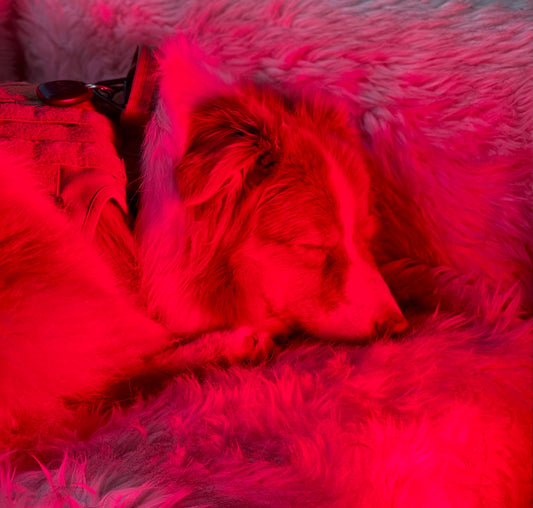
Red Light Therapy for Pets
Red light therapy and near-infrared therapy have gained recognition for their therapeutic benefits in human healthcare, but their applications extend beyond humans to include veterinary medicine.
Red Light Therapy for Pets
Red light therapy and near-infrared therapy have gained recognition for their therapeutic benefits in human healthcare, but their applications extend beyond humans to include veterinary medicine.
-
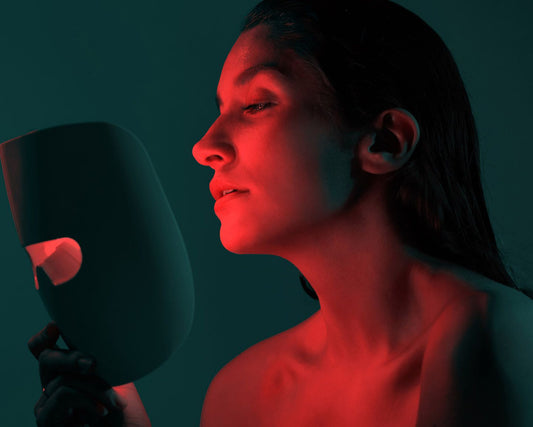
Experts explain the anti-aging benefits of red ...
Red light therapy indeed has gained popularity in the skincare and wellness community for its purported benefits. Its ability to stimulate collagen and elastin production can potentially improve skin texture,...
Experts explain the anti-aging benefits of red ...
Red light therapy indeed has gained popularity in the skincare and wellness community for its purported benefits. Its ability to stimulate collagen and elastin production can potentially improve skin texture,...
